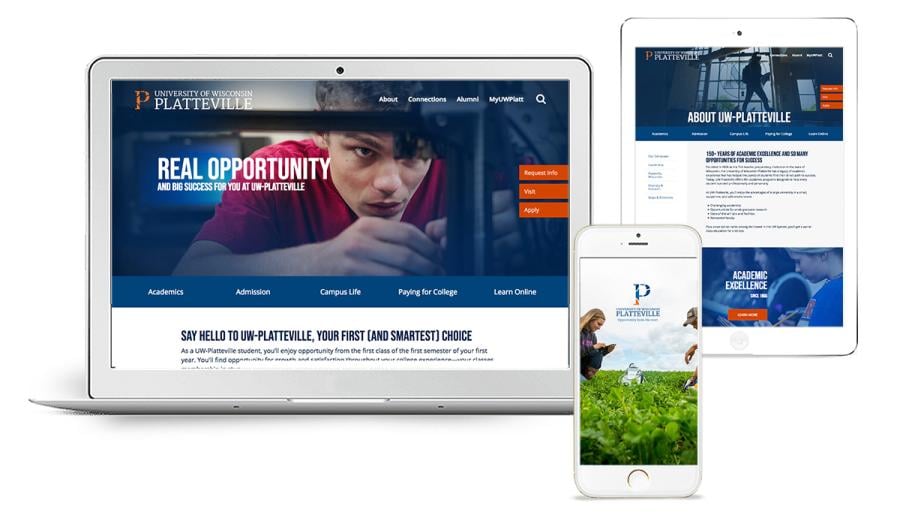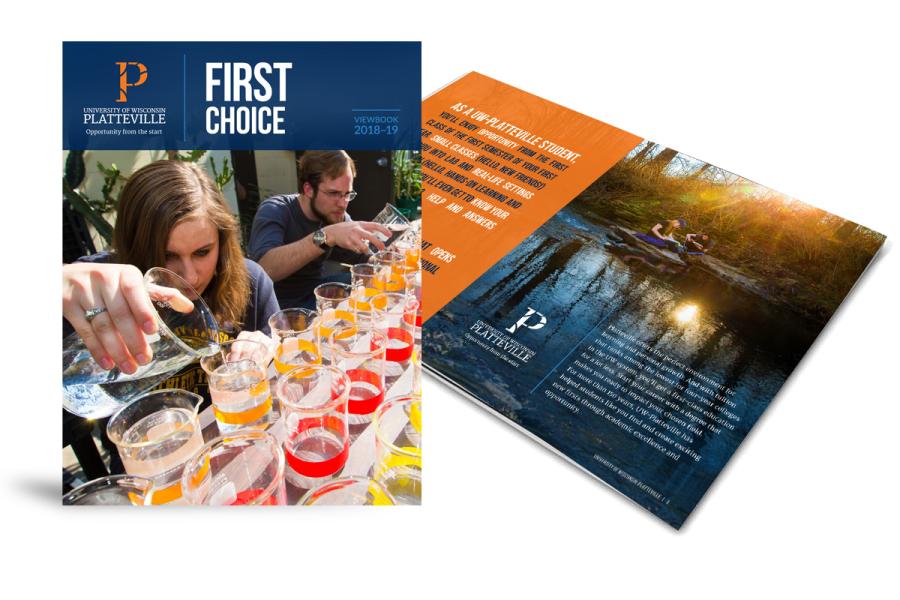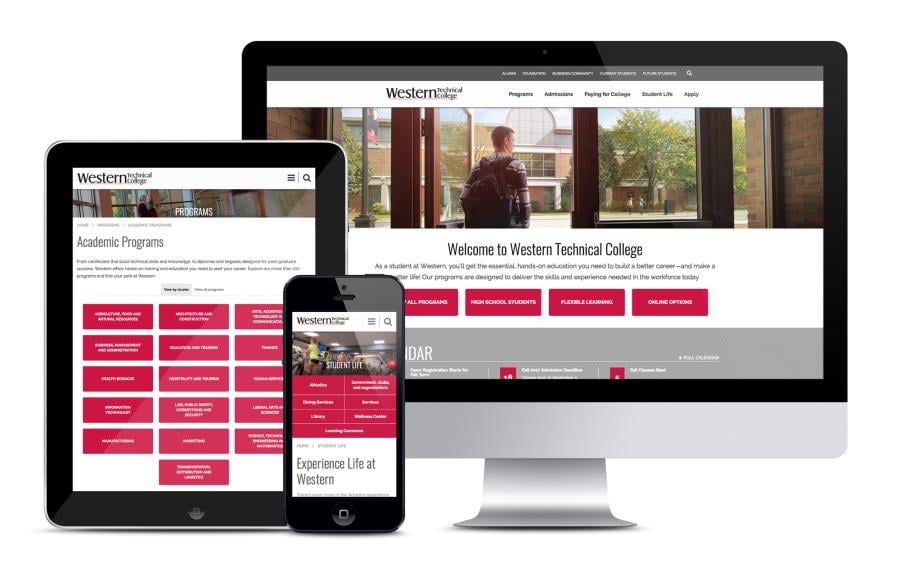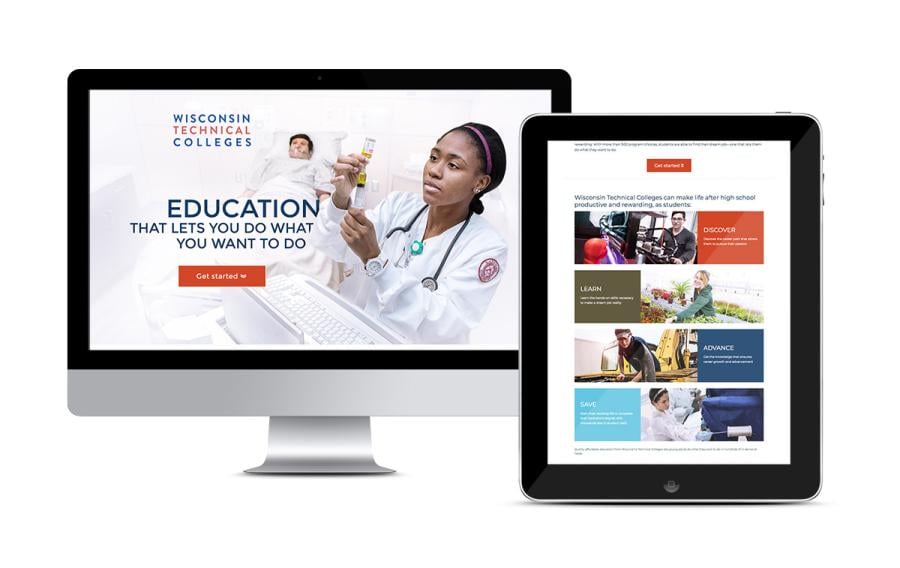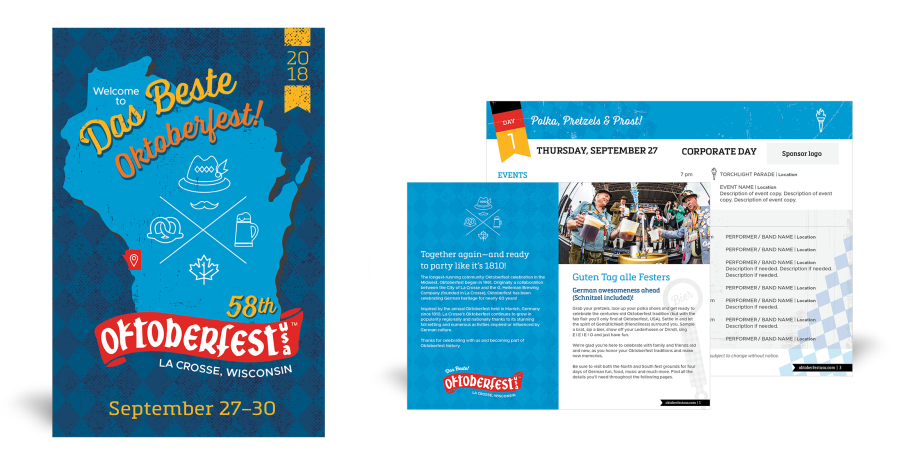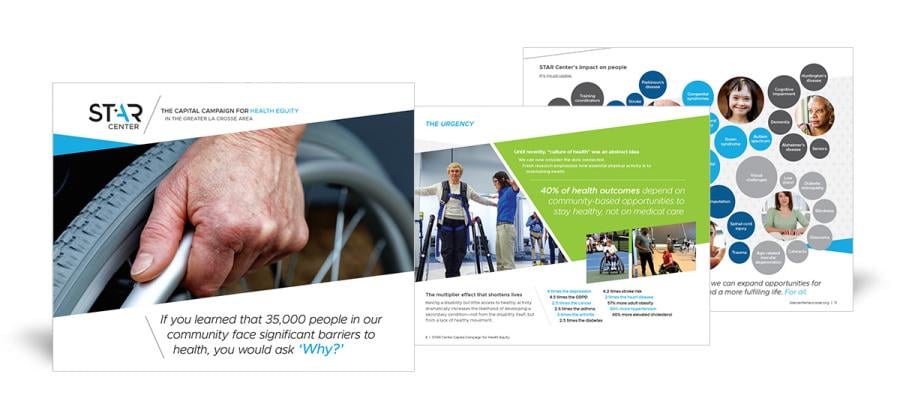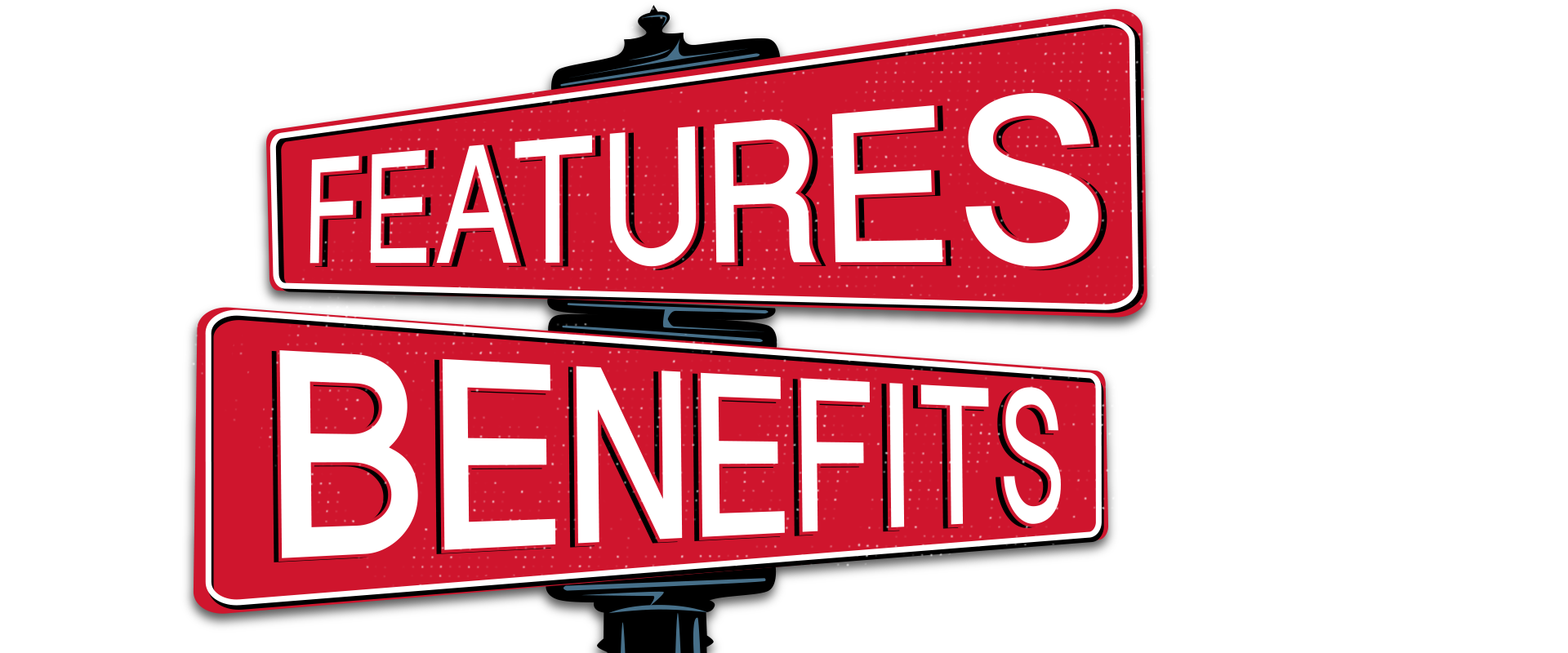
Features & Benefits: Find the Right Mix, Tell Your Story and Grow Your Business
Features. Benefits. What’s the difference? Does it matter? When it comes to your advertising efforts, knowing the difference between features and benefits absolutely matters—especially if you want to grow your business.
Features and benefits form the foundation of the messaging you’ll use to tell your target audience who you are, what you’re offering, what makes you(r organization) different from—and better than—others in the marketplace and why they should choose to invest in you.
Features—What IS it?
When you describe a product, organization or service, you use features. Features define the physical makeup of a product, the people in an organization, or the process(es) involved in a service. You can think of features as the “who,” “what,” “when” and “where” of something. Everything has at least one feature. Your prospects and customers need to know your offering’s features so they can understand it, compare it to similar offerings and make an informed decision.
Because features are inherent in a product, organization or service, they’re usually easy to recognize. For example:
- A cell phone has a screen, a speaker, a camera, cellular connectivity and a charging jack
- A car has a steering wheel, an accelerator pedal and brakes
- A pizza has a crust, cheese and sauce
- A particular school has 51 classrooms, a library, three computer labs, a gymnasium, a cafeteria and an auditorium
- A specific university academic program includes 32 required classes
So how do you define the features your audience really wants to know?
- Ask yourself what sets your product or service apart from similar offerings. These features are what make it unique. These differentiators should be your predominant features.
- Remember, your target audience won’t be intrigued by EVERY feature of your product or service, so don’t bog yourself (and your audience) down in minutiae. Focus on your differentiators.
- Keep your feature descriptions simple and avoid jargon. Don’t assume your audience will immediately understand your differentiating features. This is especially true if your product is highly technical or your service multi-faceted. You may think you’re over-explaining something, but your audience may actually require—and appreciate—a detailed explanation.
Benefits—How does it make life better?
Features create benefits. And benefits tell people how a product or service impacts life. Most importantly, benefits answer the consumer’s perennial question of “What’s in it for me?” by explaining how something makes life better. Think of benefits as the “why” of your product or service offering. For example:
- A cell phone lets you stay in touch with your loved ones so you can feel connected every day
- A car gets you where you want to go, giving you freedom, mobility and access to people, places and things you love
- A pizza satisfies your appetite, provides nutrients your body can use for fuel and makes you happy when you eat it
- A school’s amenities create a vibrant, innovative and welcoming place to gain skills and information for lifelong success
- A university academic program prepares you to work in your chosen field and impact your world in a meaningful way
Benefits are crucial to your message because they help your target audience visualize themselves using your product or service. When your prospects and customers understand the benefits of your product or service, they’ll relate to it on a more personal level and be more willing to invest/participate in it and your organization as a whole.
To bring out the benefits, ask “SO WHAT?”
In defining the benefits of your product or service, consider each feature then ask yourself “So what?” Your answer(s) will be your benefit(s). If your first “So what” doesn’t bring a satisfactory answer/substantial feature, keep asking until you find the benefit(s) your target audience will find most valuable. Each feature will have at least one related benefit.
For example, if your organization makes riding lawnmowers with cupholders, the “So what?” answers for those cupholders—the benefits—tell users they can:
- Stay hydrated even on the hottest summer day
- Make mowing more pleasant by bringing their favorite beverage along
- Shorten mowing time by eliminating beverage breaks
Remember, when you’re deciding on which benefit(s) to highlight, you must clearly and thoroughly answer “What’s in it for me?” for prospects and customers alike. When you can give them a direct, reasonable and relatable answer, you’re much more likely to achieve your desired result.
So which is more important—features or benefits?
Features, advantages and benefits are all important in selling your product or service. But benefits are generally considered most important in messaging and in planning your overall marketing strategy because they answer the all-important audience question of “What’s in it for me?”
While you should highlight benefits in your messaging, also include key features that brought about those benefits (and any important advantages that substantiate your benefits). Also, whenever possible, add benefits to your main headline and subheads, since consumers read headlines more frequently than long-form/paragraph copy.
Prospects and customers need both benefits and features for consideration because their desire/intent at the moment they consume your message will determine whether features or benefits are more impactful. Unfortunately, there’s no “magic formula” of features vs. benefits to use when persuading your audience to take action. Your offering’s place in the overall marketplace will affect the balance of features vs. benefits you should present. For example:
- If you’re selling a new truck in the already-crowded vehicle market, you’d likely want to focus on differentiating features and the advantages those features offer over similar trucks. Then you could discuss related benefits that set your truck apart.
- If you’re unveiling a new piece of dental technology in the ever-evolving dental market, you should clearly and enthusiastically illustrate patient and practice benefits, then describe the specific features that make those benefits possible.
Regardless of your product or service, be descriptive enough to educate your audience about your offering, help them understand its role in improving their lives and ultimately convince them to buy.
Build your message on the strongest foundation
Features and benefits, while simple on the surface, play critical roles in marketing. When you clearly understand their purposes, differences and relationship, you can craft persuasive, relatable messaging that helps your audience clearly recognize what’s in it for them.
Features, benefits, RESULTS!
To help our clients achieve their desired results, Vendi carefully considers every facet (feature) of a client’s product or service, then crafts targeted, benefit-driven messaging to maximize audience engagement and response. Explore the following examples and see for yourself. How can Vendi help you achieve the results you’ve always wanted?
